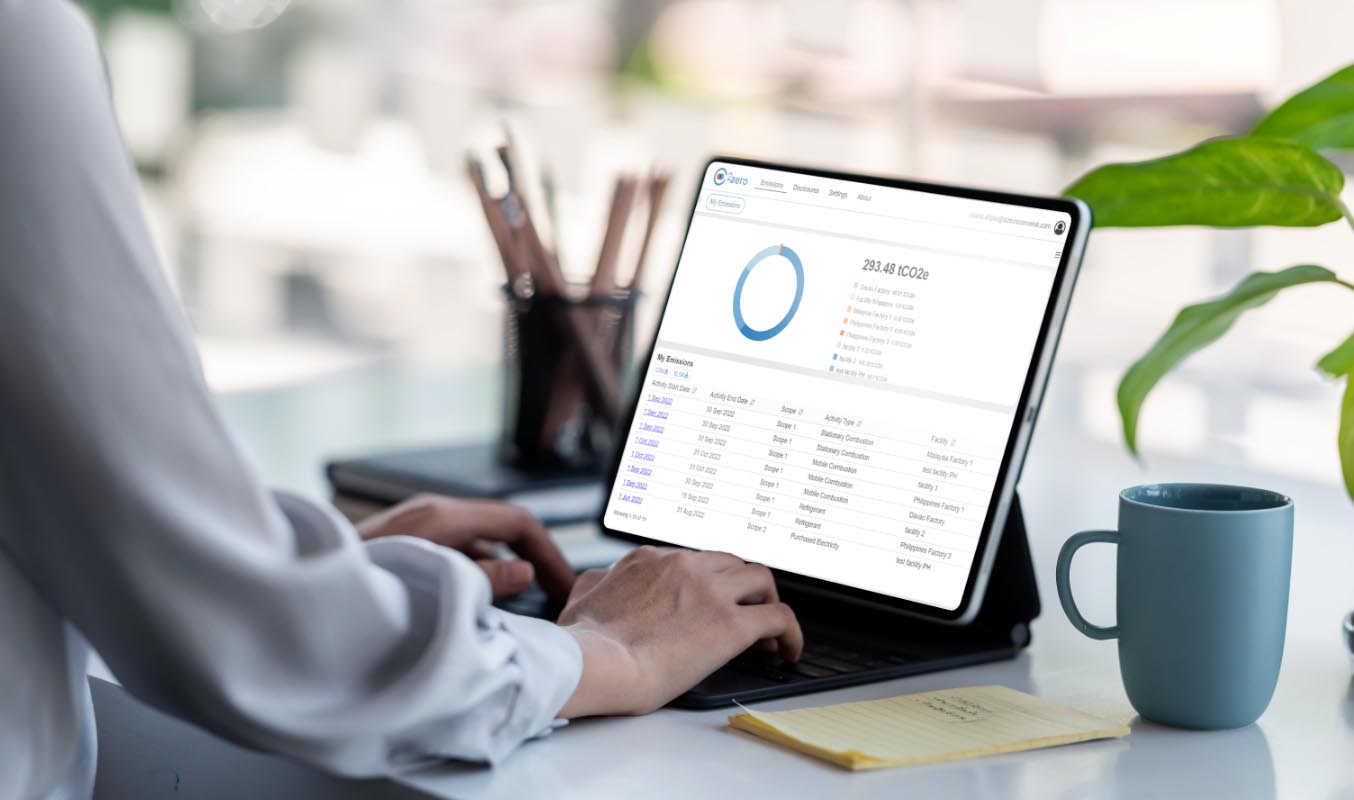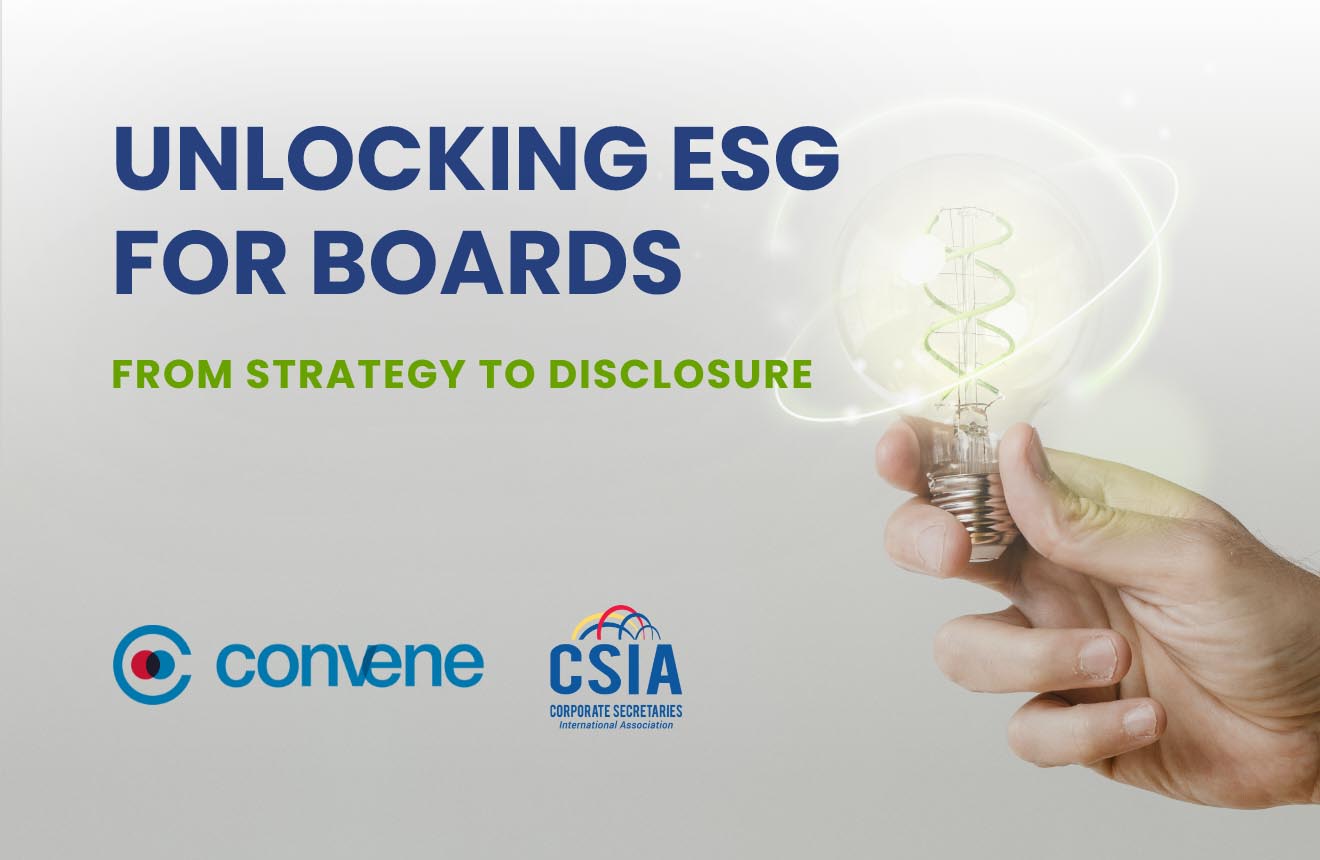In recent memory, perhaps no intergovernmental initiative has received wider global support than the Paris Agreement. Here, a long-term target of limiting global temperature increases by at least 1.5 °C was set. Business leaders have struggled to contribute to that goal through traditional means. That’s where science-based targets (SBTs) come in.
Unlike “potential-based targets,” SBTs offer companies a measurable, signposted path to reducing their impact on the climate. In the following guide, take a closer look at what this involves and how you can set your company on the path to achieving a more sustainable future.
What Are Science-Based Targets?
Science-based targets are goals that provide companies with an idea of how much and how quickly they must reduce their greenhouse gas (GHG) emissions. These are considered to be “science-based” as long as they align with the latest scientific expert opinions on necessary measures to keep global temperature increases below 1.5 °C. The main organisation promoting SBTs is the Science-Based Targets Initiative (SBTi), a partnership between CDP, the United Nations Global Compact (UNGC), the World Resources Institute (WRI), and the World Wide Fund for Nature (WWF).
Examples of science-based targets include the reduction of scope 1, 2, and 3 emissions, increasing usage of renewable energy sources, and elimination of non-recyclable packaging and materials from extended supply chains according to measurable increments or by fixed dates.
How to Set Science-based Targets

Targets must meet three basic criteria in order to qualify as science-based:
- They should include a measurable emissions reduction pathway.
- They must include a defined baseline amount per year along with a date by which they should be achieved.
- SBTs must align with the latest climate science in order to meet the requirements of the Paris Agreement.
Here’s how you can get started:
1. Commit
First, you must register online with the SBTi and submit a written commitment to establishing one or more science-based targets within 24 months of signing. Alternatively, you can choose to have existing GHG emissions reduction goals analysed to determine whether they meet the SBTi’s standards.
2. Develop
During the 24-month window following a statement of commitment, you must draft a target using the SBTi’s guidance and recommendations. Additional tools such as carbon footprint calculators will prove useful in establishing an emissions baseline at this stage. Certain companies may be subject to sector-specific guidance and restrictions.
3. Submit
Next, submit your target to the SBTi for external validation through a team of technical experts. They’ll compare it to the most recent climate science in order to produce detailed feedback on the feasibility and estimated effectiveness of the goal.
4. Communicate
Once your SBT has been assessed, announce it to the public and other stakeholders within six months of approval. The SBTi will publish the target within one month unless otherwise instructed.
5. Disclose
Finally, you must disclose your company’s emissions and progress on meeting your SBT annually, typically through the CDP framework as per SBTi’s recommendations. This will demonstrate your commitment to meeting your goal and give your team valuable insight into how well they’re progressing.
The Benefits of Science-Based Targets
SBTs come with a wide range of ethical and environmental benefits. However, they also offer several advantages to the businesses which adopt them, such as:
1. Lower regulatory risk
Many of the world’s most active economies and stock markets have introduced requirements for participating companies to submit regular ESG reports describing the impacts of their activities. Science-based targets are often fully compliant with existing reporting regulations and more likely to meet increasingly restrictive requirements in the future.
2. Increased investor confidence
Investors continue to be a critical driving force behind the adoption of sustainable corporate policies and practices. By adopting the most proactive emissions targets, companies can demonstrate their reliability and commitment to combating climate change to the investors on whom they rely.
3. Clearer strategic pathways
By restructuring emissions reduction goals from a top-down perspective, both leadership and staff will have a clearer understanding of why a company has set certain targets and what it will require to achieve them.
4. Improved brand reputation and competitiveness
Alongside investors, the public is a major voice calling for increased sustainability and ethical business practices. By moving beyond typical “potential-based targets”, companies can impress their ESG credentials upon consumers and thereby gain a competitive edge in an increasingly sustainability-focused marketplace.
5. Cost savings
The costs of raw materials and conventional energy sources continue to rise, according to experts. As such, it’s a sound strategic decision to invest in renewable and non-extractive alternatives. As these become more widespread, companies that adopt science-based targets can expect substantial operational and long-term savings to follow.
Hitting Science-Based Targets with Convene ESG and Convene 2zero

Meet the challenge of developing and attaining targets in line with the latest climate science with Convene ESG and Convene 2zero. Our carbon calculator, Convene 2zero, is designed to measure scope 1, 2, and 3 emissions and factors in a wide range of international and industry- and sector-specific standards. It’s an invaluable resource for establishing your company’s emissions baseline in order to set realistic yet ambitious goals. Convene ESG is a comprehensive reporting software suite designed to help users monitor and record critical data for ESG reporting through CDP and a wide range of additional frameworks and standards.
Together, these two solutions can play a vital role in guiding efforts to increase sustainability in a broad range of industries and sectors. Take a look at how Convene 2zero and Convene ESG can help you establish and achieve ambitious new goals, or contact us for assistance with your science-based target reporting queries.














